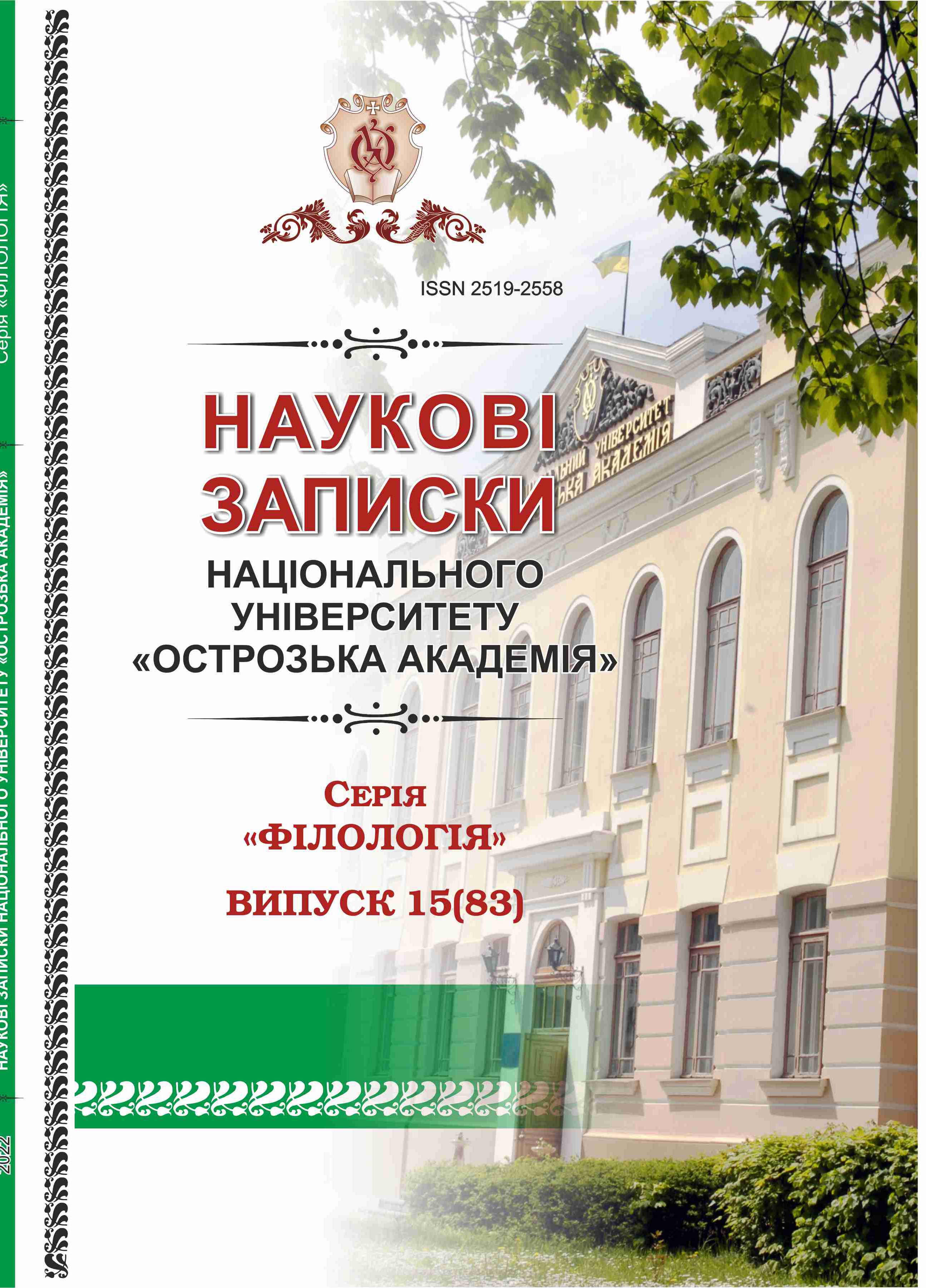EMOTIONAL COLOURING OF HORROR LITERATURE: TRANSLATIONAL ASPECT
Keywords:
horror literature, emotivity, translationAbstract
The article elucidates the emotivity of horror literature in the light of translation studies. Based upon the classical material of the research the specificity of emotions’ verbalization has been discussed. The dominant negative emotions such as agony, fierce, anger, hatred are depicted jointly and tightly. A prominent emotive feature of the horror genre is emotions’ depiction on physiological processes. It allows describing hero’s emotional worries through the prism of inner changes in his/her state of health and body in general. The article touches upon the most vivid descriptions of physiological changes depicting emotions and emotive sketches with somatisms blood and heart. Horror genre texts are full of emotive paragraphs and reveal the inner world oh heroes’ emotions. Emotions in horror literature are depicted by means of nomination and contextual description with the help of lexical and linguostylistic means. Preserving the emotive component in the target text is a complex and crucial task for a translator. Rendering emotivity without overinterpretation of the source text and without imposing one’s personal emotional world requires a high level of professionalism. Translators rendering the negative palette of emotions face stylistic omissions and neutralizations that results in the low level of emotivity in the target text. Alongside, stylistic equivalents are also present the target texts that proves the translators’ willingness and desire to be close to the author of the original. Emotional tension and suspense that are also considered necessary to be saved in the target text are preserved by the translators using stylistic intensification and equivalents.

